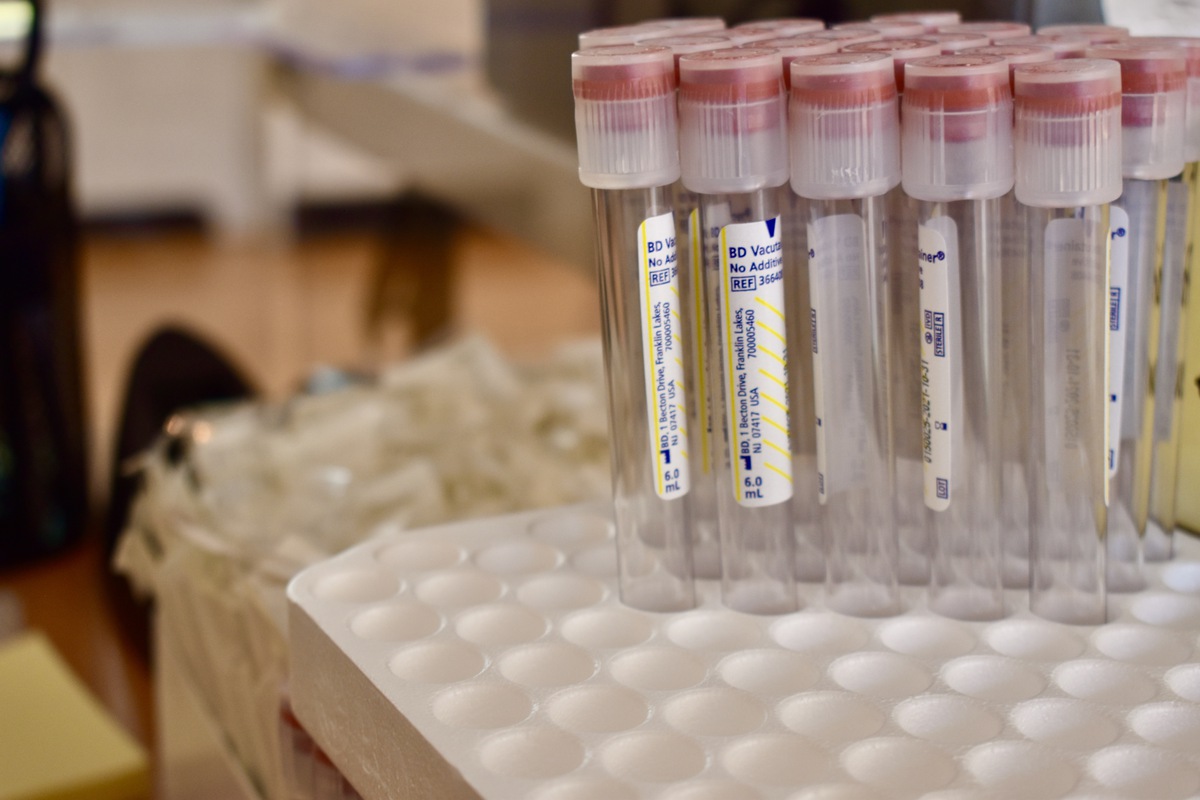New Yale study finds reduced accessibility to COVID-19 testing for marginalized groups
Yale MD-PhD student leads study into COVID-19 testing availability for Black, Latinx and Indigenous communities during the first wave of the pandemic.

Regina Sung, Photo Editor
In a new Yale study published in the American Journal of Public Health, researchers investigated how COVID-19 testing centers were less accessible to vulnerable minority populations such as Black, Indigenous and Latinx communities.
Emmanuella Asabor GDR ’21, a MD-PhD candidate in epidemiology at Yale University School of Medicine and the School of Public Health, was the lead author of the Feb. 23 study. Theodore Cohen, professor of epidemiology and co-director of the Public Health Modeling Concentration, and Joshua Warren, associate professor of biostatistics, also contributed to the study. The paper investigates testing centers during the first wave of the pandemic, where testing inequity decisively exacerbated the disparities between communities in managing COVID-19 risks, receiving proper treatment and reducing transmission.
“We are particularly proud of some of our unique methodological approaches,” Asabor wrote to the News. “Most COVID studies dealing with segregation, really only measure separation, and do not engage with other dimensions of segregation including separation, concentration, subordination and domination. I am really proud of our choice to engage with the social sciences and be open to the lessons critical social theory had for quantitative public health research.”
The study found that these traditionally marginalized communities had less access to testing centers due to structural racism. The researchers used the U.S. dissimilarity index to deduce the most segregated cities and chose the four most populous ones: Chicago, New York City, Houston and Los Angeles. The project also utilizes publically available data juxtaposed with a socio-legal theory of segregation and contextual demographic information from the U.S. Census Bureau to analyze health-related geospatial data like COVID-19 testing sources.
Then, maps of testing sites were superimposed with maps of Black and white population maps, which revealed that testing sites were most highly concentrated in white neighborhoods. Chicago, the most segregated city of the four, had a three percent and nearly six percent decrease in testing centers for each one percent increase in the populations of Black and Hispanic people, respectively. For New York City, Houston and Los Angeles, similar results were observed as there were one to two percent decreases in testing sites for every single percent increase in Black and Hispanic populations in these cities.
“We used a hierarchical Bayesian spatial statistical model to quantify the association between testing site location and the proportion of the population that is Black, Latinx, or Indigenous per block group,” Warren wrote. “Accounting for spatial correlation when estimating these associations is important for obtaining accurate results and making correct conclusions about the importance of the relationships.”
This form of spatial analysis and data correlation allowed the researchers to make inferences from their data, as well as draw conclusions at the neighborhood level using census data. Since segregation lines are not clearly defined at the county and state levels where most COVID-19 data is collected by public health departments, it was imperative for Asabor and her colleagues to take a close-up view of neighborhoods and get a clearer picture of the testing disparity.
Asabor also added that one of their objectives was to move beyond the emphasis on the relationship between race and health outcomes and investigate and bring light to the impact of racism on access to healthcare during the pandemic. The research team also measured the potential differential impact of segregation on Black, Indigenous and Latinx communities by performing disaggregated analyses.
“Our results reveal how deeply racism is embedded in the structure of major urban settings in the United States,” Cohen wrote. “COVID-19 provides a clear example of how such structural racism produces inequitable distribution of resources, which then contributes to poor outcomes among the most vulnerable members of our communities.”
Asabor’s doctoral research focuses on the epidemiology of understanding the social dimensions of infectious disease illness experience.







